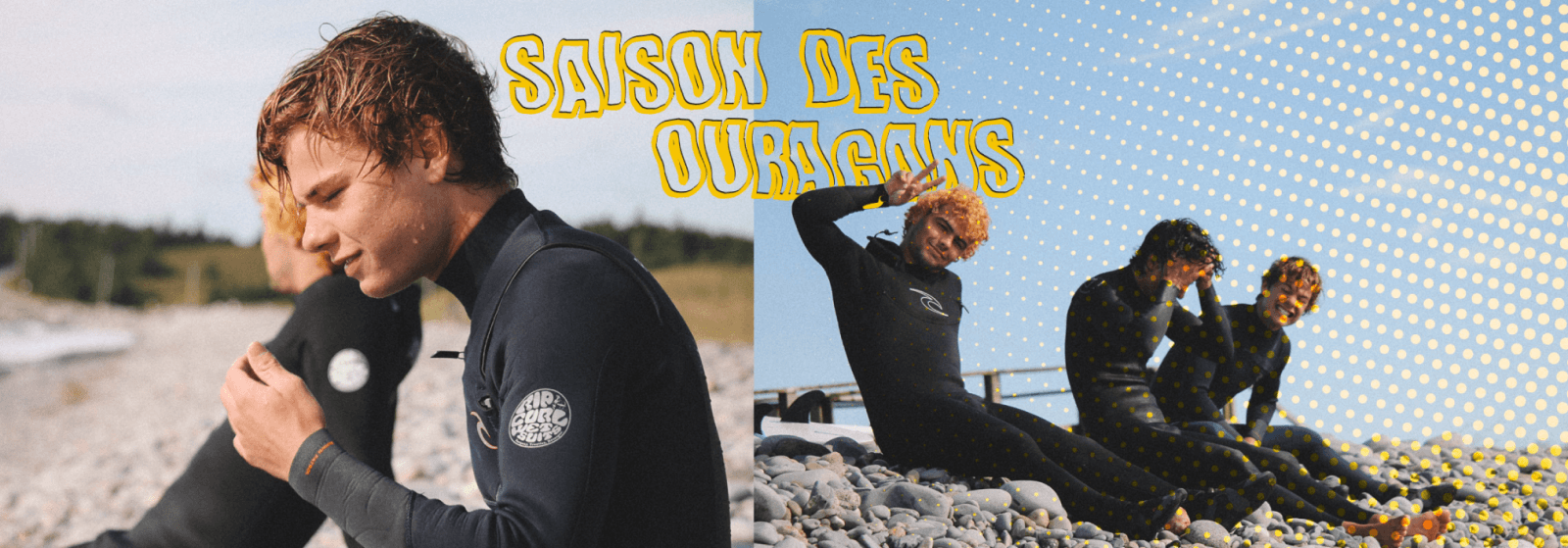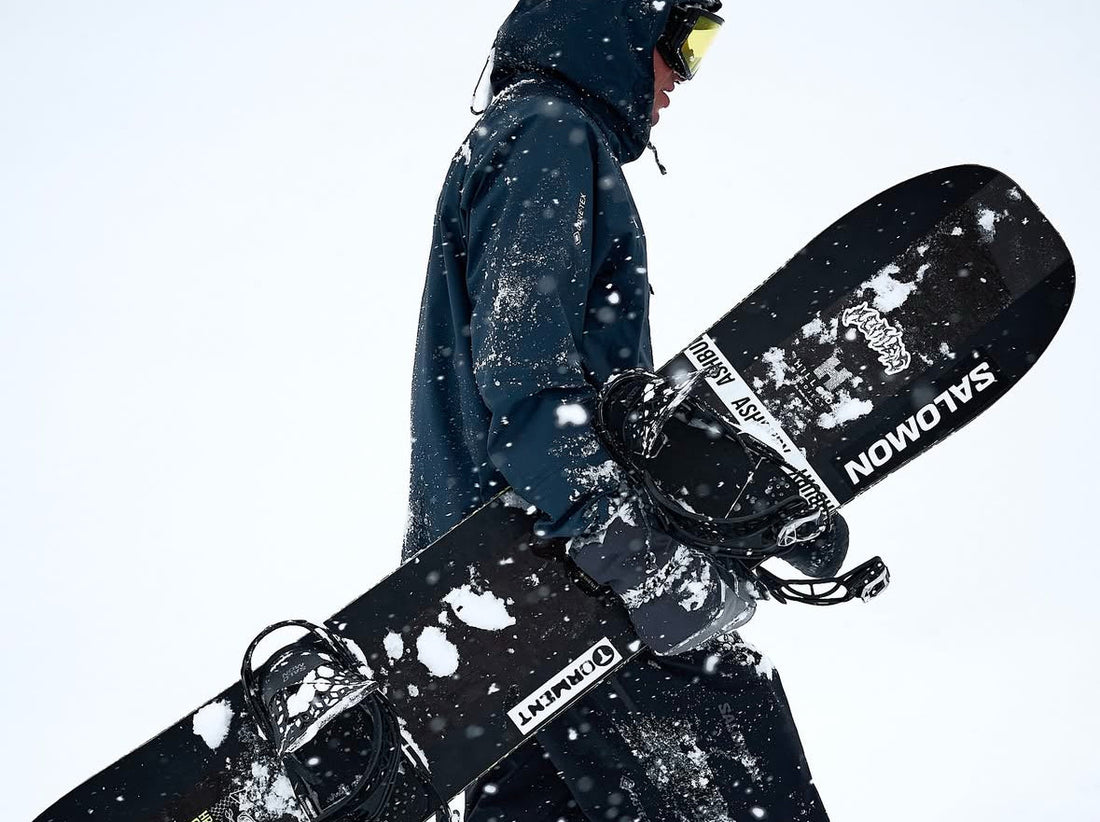Summer is upon us and hurricane season often occurs in the fall and spring. What does that mean? It means good swell will hit the East Coast and opportunities to slam Chicoutimi-Maine will become frequent! Not a surf fan? Our lakes and rivers will be free of ice and you might want to bring forward your wake surfing, wakeboarding, jet skiing or other season to May and June? Same thing after summer for September and October when our water temperatures drop?
Either way, you'll need a wetsuit, and we've got some at Homies! Here are some tips to help you choose.

Why is it hot?
A wetsuit isn't complicated; the suit lets a small amount of water in, and your body warms it up. The thicker and more airtight the wetsuit, the warmer it keeps you.
What to know before buying?
The right size
Know that a wetsuit is categorically form-fitting and super tight. The layer of water that penetrates must be as thin as possible, so there's no question of being too comfortable in your wetsuit. Most companies will offer different sizes to help you: medium tall or medium small, large tall or large small, and so on. It's the balance between the tightest possible and agility that you must retain. At Homies, it's the Ripcurl brand, so you can rely on the size chart below to find the right size for you.

Types of zip
Front zip, back zip, and chest zip. Front zips are the easiest to put on and are ideal for a warm-water wetsuit. Back zips are just as easy to put on, even easier, but the long zip located in the back is less effective against cold water and less flexible. Chest zips are a little more difficult to put on, but offer plenty of warmth and flexibility. This is pretty much our favorite here! But again, it all depends on where and what activity you'll be doing with your wetsuit.
The thicknesses
This is measured in millimeters. A 5/4 means 5 mm of water thickness at the body and 4 mm of water thickness at the legs, arms, and other parts of the body that require more flexibility.
Here is what is suggested depending on the season:
-
Spring and summer (water at 19 to 23 degrees): 2mm
-
Spring (water at 15 to 20 degrees): 2mm long sleeves or 3/2
-
Autumn (water at 12 to 17 degrees): 4/3
-
Autumn and winter (water between 9 and 13 degrees): 5/4
The seams
Flat-locked and sealed seams. Flat-locked seams on so-called entry-level wetsuits are ideal for occasional use. Sealed or taped seams are used on high-end wetsuits. They keep water out really well and are often considered the best choice for a durable wetsuit.
Gloves, balaclava and boots
It's not complicated, it's quite rare for someone to buy a wetsuit below 3mm and not take gloves, a hood, and boots. Often offered in sizes from 3mm to 7mm, these accessories are essential. In order of importance? Definitely the feet, then the head and the hands.
For more advice, the Homies Chicoutimi team is waiting for you!





